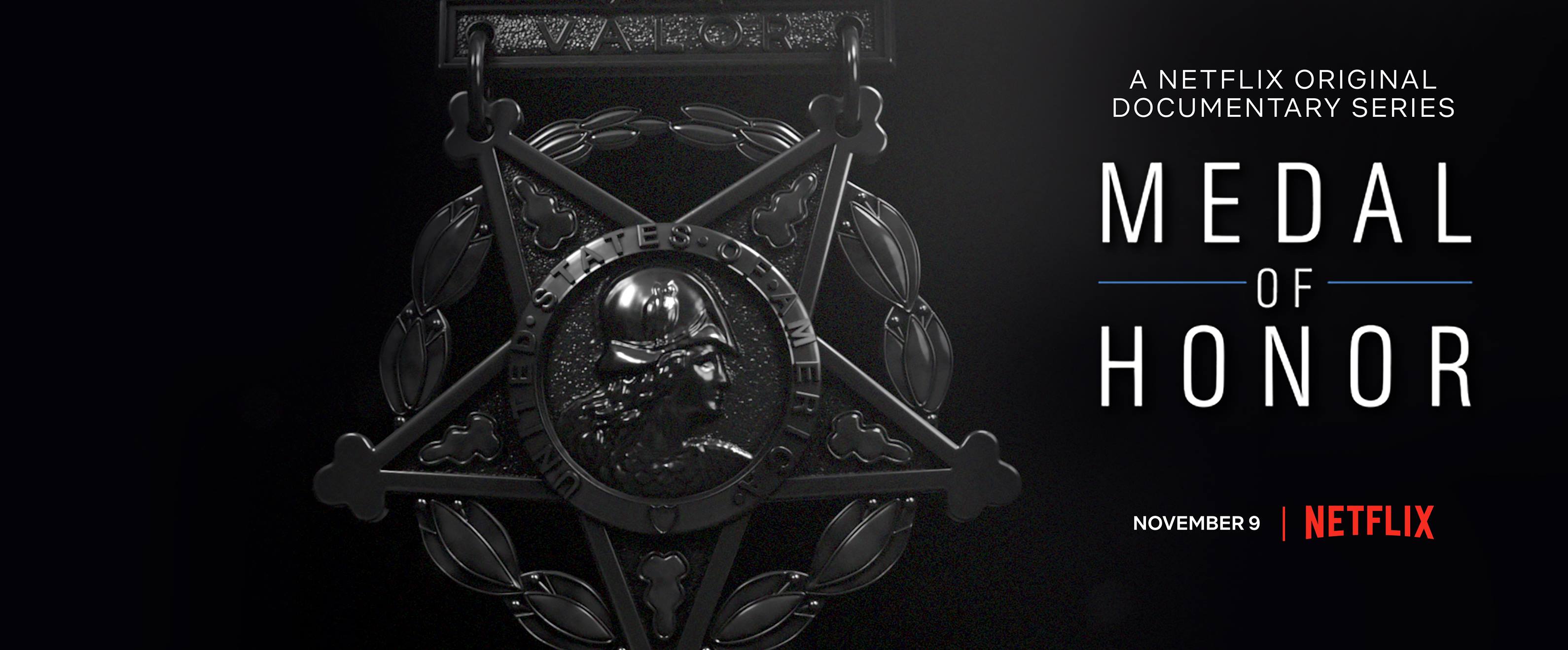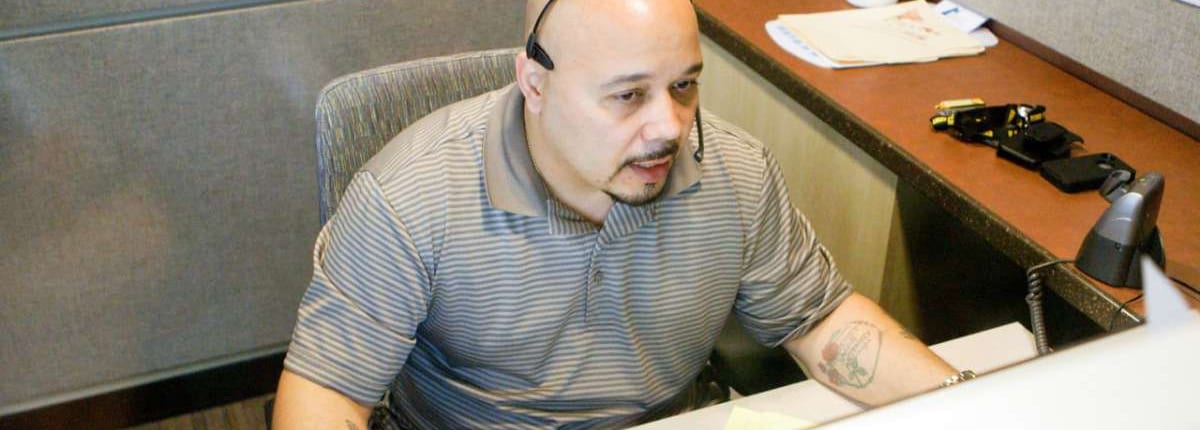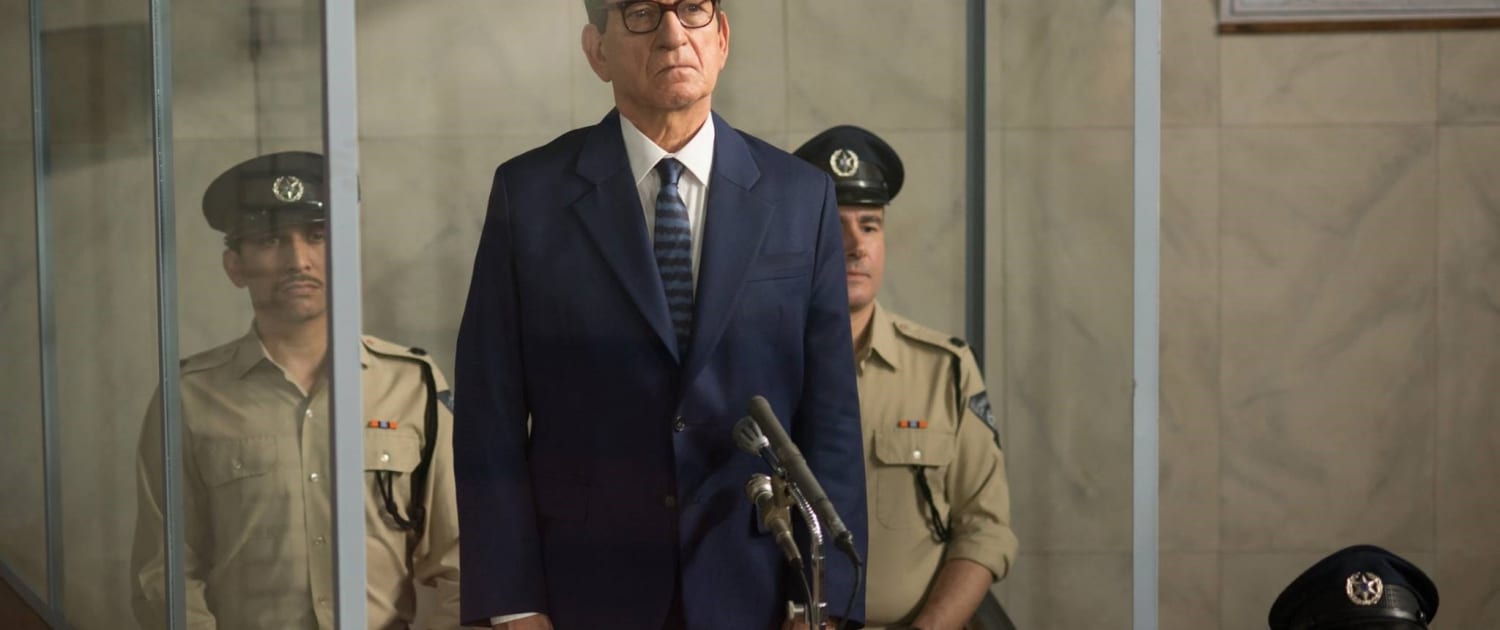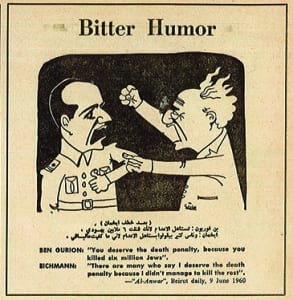By Ben Kane
“About Face: Jewish Refugees in the Armed Forces,” is a documentary that tells the stories of Jewish men and women who left their homes and families to flee the persecution of the Nazi government. These immigrants then went on to join the military in their new homes, both to prove they could be good citizens to their new country, and to restore peace to their homelands.
The film begins by describing life for the average Jew under the Nazi regime. The film does an excellent job exploring life before the Holocaust. It shows that the number of dead was massive, but the dead were more than just a number. Those who were left behind were people. People like us, with fears, aspirations, and people who loved them. It explores how neighbors became enemies, and how the state used divisive rhetoric to split the country apart. Its usage of primary source documents including interviews with service members, recorded speeches from Holocaust survivors, as well as an interview with Holocaust scholar Michael Berenbaum, makes it a solid educational resource.
One anecdote that stands out involves a Jewish family accosted by Nazi brownshirts at a park. The family told the inquiring Nazis they were Jewish, as was required, and so the family was harassed, brought to the Danube, told to face the river, and told that anyone who turned around would be shot. The Nazis then left. This mock execution, understandably, did a fairly good job convincing those caught up in them to leave Germany. But leaving was not so simple.
The film then briefly mentions the prerequisite in some countries that in order to relocate individuals needed a relative to vouch for their character and agree to take them in. Those who tried to leave also faced an exorbitant tax. Fleeing Germany would have meant they had to start life in their homeland nearly destitute. Those who were able to leave had to consider their futures carefully. Many chose to pursue professions that could be useful anywhere, like plumbers, cooks, and carpenters.
In November 1938, Kristallnacht took place, marking a turning point in Nazi policy towards Jews. Previously, the Germans mainly sent political prisoners to concentration camps, but that changed with the arrest and imprisonment of 30,000 Jews during Kristallnacht. Jews could only leave if their families began the paperwork to flee the country, leaving their money, their home, and their former lives behind. Many fled to Israel, then British-owned Palestine, inspired by the possibility of creating their own country.
The documentary mentions the often overlooked, but historically interesting Evian Conference. The Evian Conference was a gathering of the future allied powers to determine which countries would agree to take in more Jewish refugees. Only the Dominican Republic agreed to raise their quota. The governments of the world knew of the plight of the Jews, but virtually none of them cared enough to act in any meaningful way in defense of the oppressed.
War broke out shortly thereafter and prevented many from fleeing the country. Those who fled Germany for a nearby country sometimes found themselves back in the Reich, as their new homes were invaded and captured within a matter of months or a few years.
“About Face” does not shy away from death, nor should it. It shows the corpses in concentration camps and an example of an execution of a group of Jews. It’s not detrimental, but it is something for educators to keep in mind when showing this to their students.
The documentary goes on to explain how immigrants were labeled in their new countries as enemy aliens and possible spies. The United States interned many immigrants, including Jews who fled persecution.
Once the war broke out, immigrants were allowed to enlist. They looked forward to combat, to avenging their homelands, to be placed on the fast track towards citizenship, and to prove to their new homes they would be dedicated to their country. One interviewee made the poignant remark that he joined the fight because he knew someone would take his place if he didn’t sign up, and that person could be married or otherwise important, and could be killed, and so shouldn’t go.
Joining the military did not free Jewish service members from anti-Semitism. Jews were often placed only in certain jobs, and received criticism when they tried to place themselves away from the so-called “Jewish Army”. Interestingly, a Captain who made a disparaging remark to a Jewish immigrant service member apologized for it that same day, a rare occurrence. One commanding officer, unaware of the misery of being a Jew in Germany, pulled aside one of the service members to ask for an honest answer to a “tough” question- “would they be willing to fight against the country of their birth?” The question was answered, to the CO’s surprise, with laughter.
Some immigrant service members were required to change their European identities to prevent needless harm if captured, especially if they were going to be dressed as Germans and sent behind enemy lines. Some would try and hold on to their family heritage in their own ways, but argued little against shedding the things that had and would continue to make them targets of persecution.
Towards the end, “About Face” recounts the heroic amphibious invasion of Normandy on June 6, 1944, in which Jewish immigrants fought alongside non-Jews, with many dying on the beaches on their way to liberate their homelands. Jewish immigrant service members made good use of their knowledge of the local languages, often providing invaluable information as translators, interrogators, and spies.
Lastly, the film explores the liberation of the concentration camps. Holocaust survivor Gerda Weissman Klein recounts the beautiful moment that unfolded between her and her liberator. Instinctively, she informed her rescuer that she was Jewish, expecting some form of hostility in return. To her surprise, he paused to collect his thoughts, then said “I am too.”
It’s these anecdotes that perfectly relay the crucial role Jewish immigrant service members played during World War II. This documentary can be enjoyed by any WWII buff, and would also serve as a good resource for educators to use to explore the impact of Jewish immigrant service members on the war effort.
“About Face” will be released later this year.
Volume 74. Number 3. 2020





